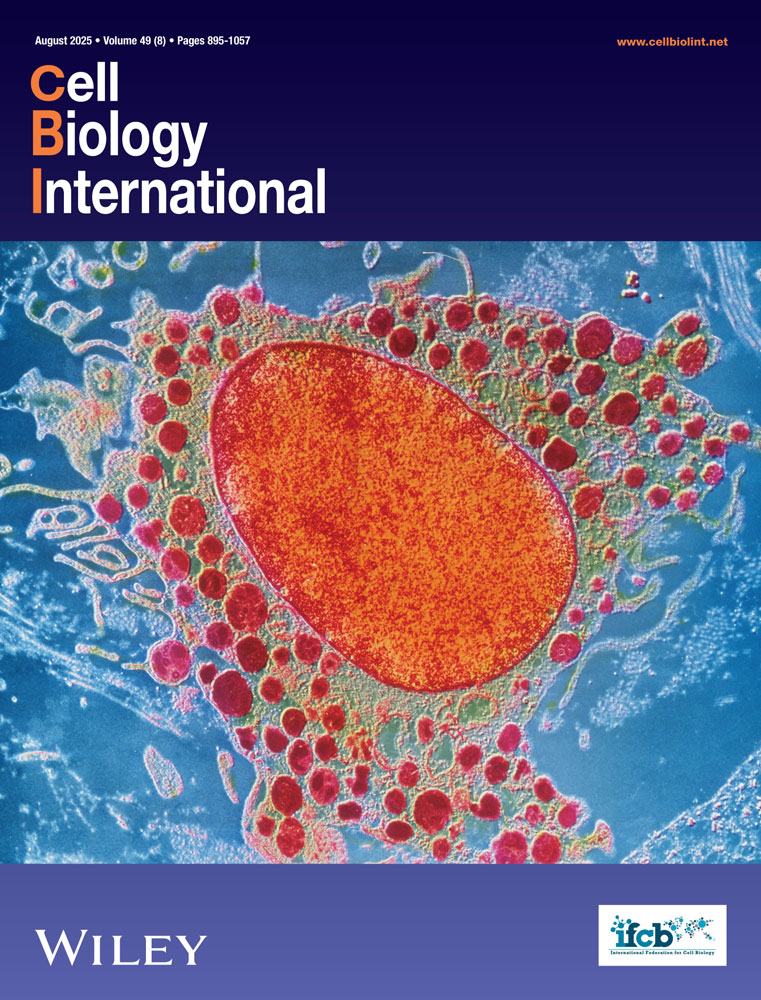Retinoic acid induces changes in Xenopus embryo glycolipid pattern
Abstract
Retinoic acid (RA), known for its important role in cellular differentiation, may cause a modification of glycolipid distribution characterized by a shift from globoserie towards latto- and ganglio-series. In the present paper, we have investigated the modifications of the lipidic pattern after exogenous RA treatment of Xenopus embryos. We have noticed a decrease in neutral glycolipids with a parallel increase in gangliosides; the content of sulfatides does not seem to be modified. Beside the shift toward ganglio-serie, we have also observed a redistribution inside this class of lipids. In particular, following RA treatment, the relative distribution of GD1b and GT1b increases while that of GM3 decreases.




